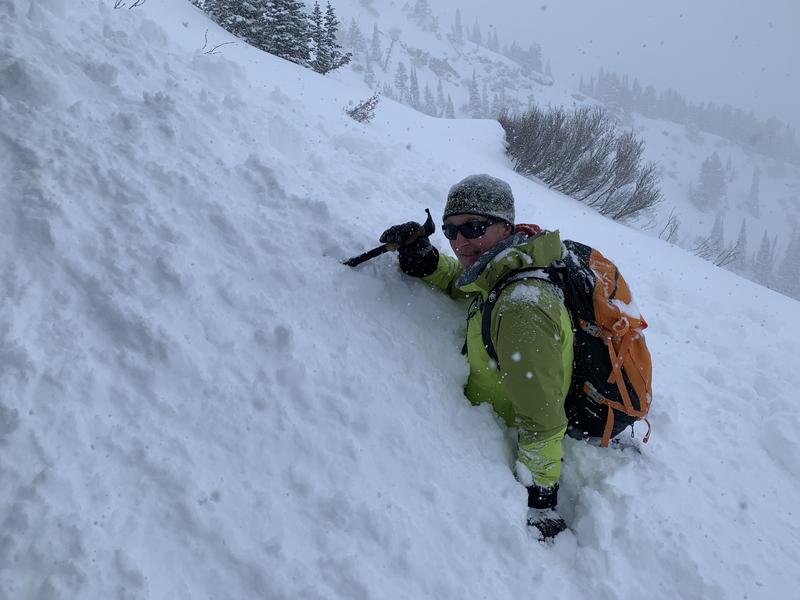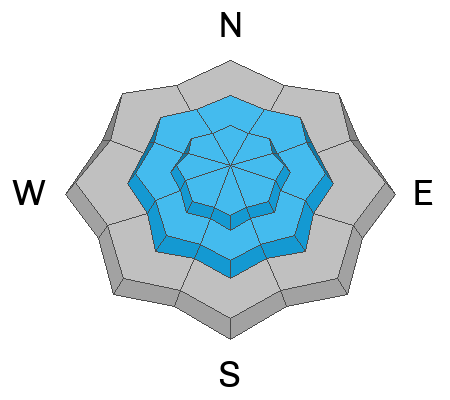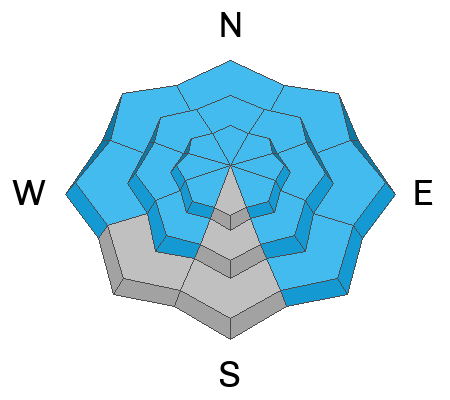Forecast for the Provo Area Mountains

Issued by Dave Kelly on
Thursday morning, January 11, 2024
Thursday morning, January 11, 2024
The avalanche danger is HIGH at mid and upper elevations as new snowfall and wind-drifted snow continues to add more weight on top of a buried persistent weak layer (PWL). The avalanche danger is CONSIDERABLE at elevations below 8,000'.
Step off your sled or off the skin track and take note of any wind loading, recent avalanches, cracking, collapsing, and whoomphing as these are all signs that our weak snowpack is overloaded.
Today is a day to back off of and out from under steep terrain.
Today is a day to back off of and out from under steep terrain.

Low
Moderate
Considerable
High
Extreme
Learn how to read the forecast here









